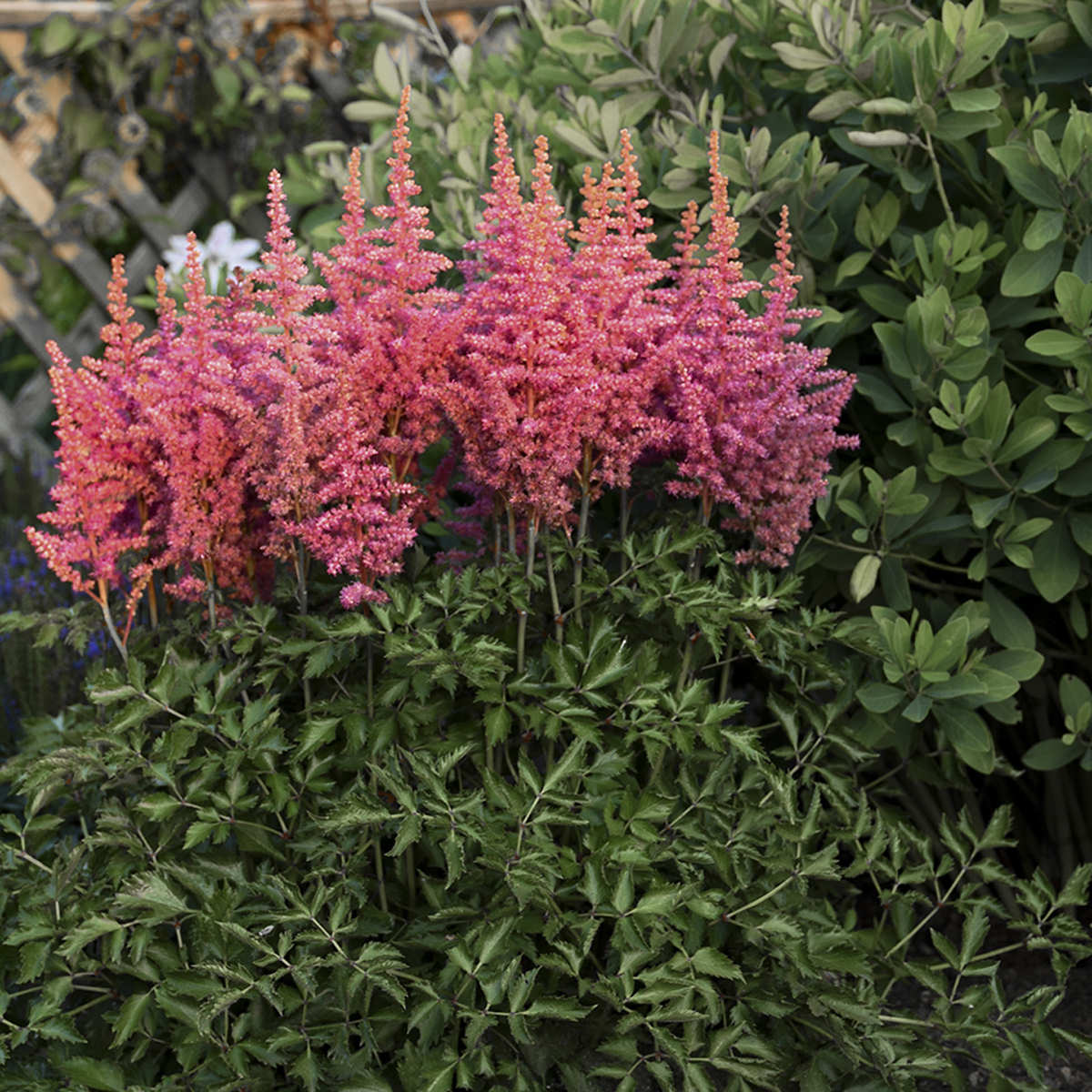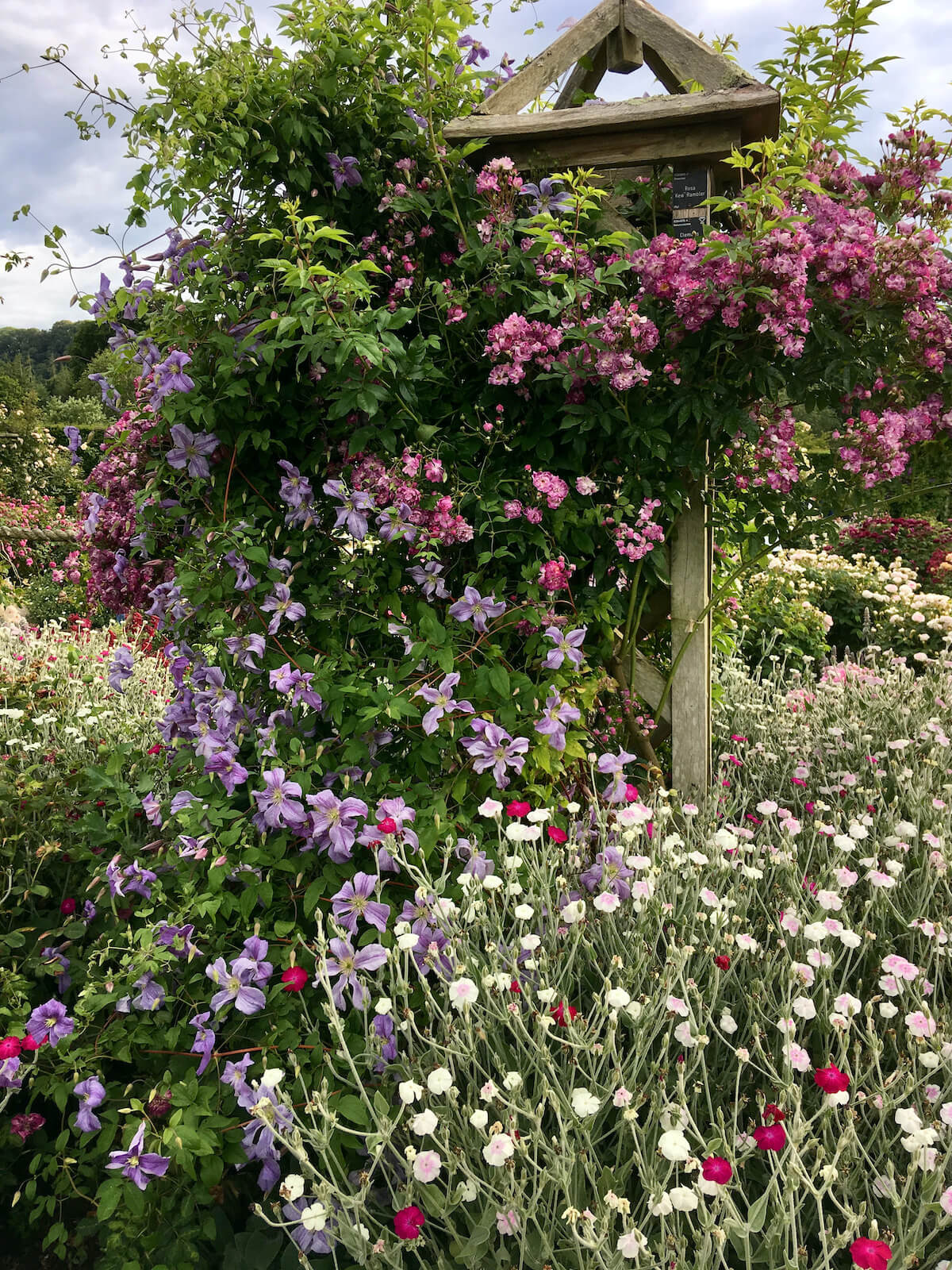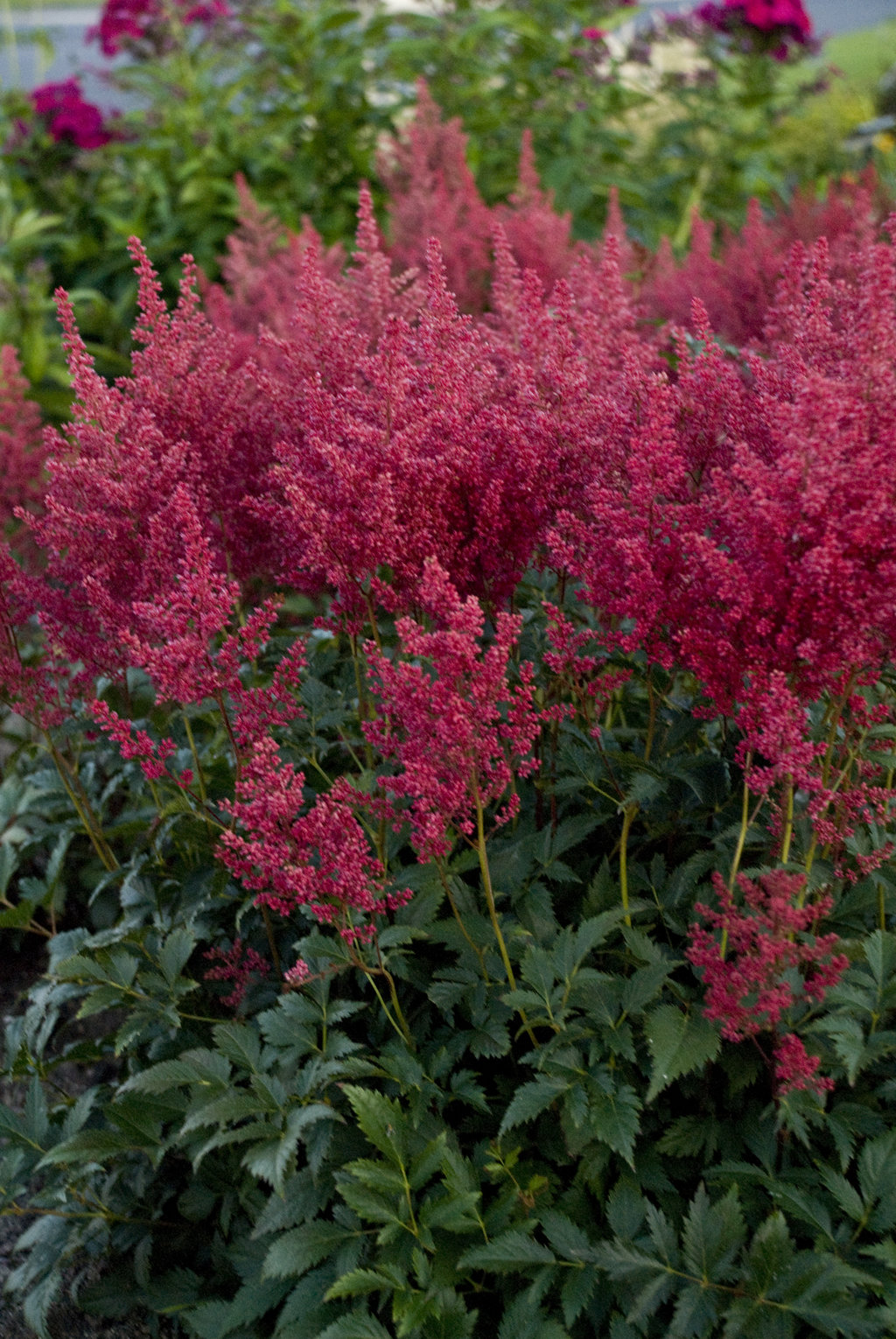Amazing Spirea Companion Plants That Will Make Your Garden
Spireas are a popular choice for gardeners because they are easy to grow and care for, and they offer beautiful blooms in a variety of colors. But did you know that companion planting can help your spireas thrive even more?
By planting spireas with other plants that have similar needs and complementary qualities, you can create a more balanced and harmonious garden. In this blog post, we will discuss some of the best spirea companion plants, and explain how to choose the right ones for your garden.
Choosing the Right Companion Plants for Spireas
When choosing companion plants for spireas, there are a few factors to keep in mind. First, consider the spirea's mature size and growth habit. Some spireas, such as bridal wreath spirea, can grow quite large, so you will need to choose companion plants that will not be overshadowed. Other spireas, such as Japanese spirea, are more compact and can be planted closer together.
Second, think about the spirea's sunlight requirements. Most spireas prefer full sun, but some can tolerate partial shade. If you are planting your spirea in a shady spot, you will need to choose companion plants that also thrive in shade.
Finally, consider the spirea's bloom time. Spireas bloom in a variety of seasons, so you can choose companion plants that will bloom at the same time or at different times of year to extend the flowering season in your garden.
Some of the Best Spirea Companion Plants
Here are some of the best spirea companion plants:
- Hostas: Hostas are shade-loving perennials that come in a variety of colors and leaf shapes. They make excellent companion plants for spireas that are planted in shady spots.

- Astilbe: Astilbes are another shade-loving perennial that blooms in late spring or early summer. They come in a variety of colors, including white, pink, and purple.

- Clematis: Clematis are flowering vines that can be trained to climb up a spirea shrub. They come in a variety of colors, including blue, purple, pink, and white.

- Butterfly bush: Butterfly bush is a tall, upright shrub that blooms in late summer or early fall. It attracts butterflies and other pollinators to the garden.
- Ornamental grasses: Ornamental grasses add height and texture to the garden. They can be planted in front of or behind spireas to create a striking display.

- Daylilies: Daylilies are easy-to-grow perennials that bloom in a variety of colors. They can be planted in front of or behind spireas to add color and interest to the garden.

- Lily of the valley: Lily of the valley is a delicate perennial that blooms in early spring. It is a good companion plant for spireas that are planted in full sun.

- Columbine: Columbine is a wildflower that blooms in early spring. It comes in a variety of colors, including blue, pink, and white. It is a good companion plant for spireas that are planted in full sun.

Conclusion
Spireas are beautiful and versatile shrubs that can add color and interest to any garden. By planting them with the right companion plants, you can create a more balanced and harmonious garden that will thrive for years to come.
Spirea shrubs are a beautiful addition to any garden, but they can look even more stunning when paired with the right companion plants. Some of the best spirea companion plants include:
- Ornamental grasses: These grasses add height and texture to a spirea planting, and they can also help to fill in any gaps. Some good options include blue gamma, Japanese forest grass, and muhly grass.
- Sedums: These succulents are drought-tolerant and low-maintenance, making them a great choice for spirea companions. They also come in a variety of colors, so you can choose ones that will complement the spirea's flowers.
- Dianthus: These sweet-smelling flowers add a touch of elegance to any garden. They come in a variety of colors, so you can find ones that will match the spirea's blooms.
- Junipers: These evergreen shrubs add year-round interest to a garden. They can also help to provide some structure and height to a spirea planting.
- Hollies: These shrubs are known for their beautiful berries, which can add a touch of color to a garden in the fall and winter. They can also help to attract birds to the garden.
For more information about spirea companion plants, please visit Gardenia Inspiration. You can find a list of recommended plants, as well as tips on how to choose the right companions for your spirea shrubs.
FAQ of spirea companion plants
- What are some good companion plants for spirea?
Spirea is a versatile shrub that can be paired with a variety of other plants. Some good companion plants for spirea include:
* Coneflowers: Coneflowers add height and color to a border, and they bloom at the same time as spirea.
* Daylilies: Daylilies are another long-blooming plant that can be paired with spirea. They come in a wide range of colors, so you can find one to match your spirea's blooms.
* Lavender: Lavender is a fragrant herb that can be planted near spirea to attract pollinators. It also has the added benefit of deterring pests.
* Yarrow: Yarrow is a hardy perennial that can tolerate poor soil conditions. It blooms in the summer, so it can help fill in the space after spirea's spring blooms have faded.
* Zinnias: Zinnias are a colorful annual that can add a pop of brightness to your garden. They bloom in the summer, so they can help fill in the space after spirea's spring blooms have faded.
- What are the best conditions for spirea?
Spirea prefers full sun, but it can tolerate some shade. It prefers well-drained soil and regular watering. Spirea is a relatively low-maintenance plant, but it is important to deadhead spent blooms to encourage reblooming.
- How do I care for spirea?
Spirea is a relatively easy plant to care for. Here are some tips:
* Plant spirea in full sun or partial shade.
* Water spirea regularly, especially during hot, dry weather.
* Fertilize spirea once a year in the spring with a balanced fertilizer.
* Deadhead spent blooms to encourage reblooming.
* Prune spirea in the spring to shape it and remove dead or diseased branches.
- What are some common pests and diseases that affect spirea?
Spirea is relatively resistant to pests and diseases. However, it can be susceptible to the following:
* Aphids: Aphids are small, sap-sucking insects that can cause spirea leaves to curl and distort. They can be controlled with insecticidal soap or neem oil.
* Powdery mildew: Powdery mildew is a fungal disease that causes a white, powdery coating on spirea leaves. It can be controlled with a fungicide.
* Rust: Rust is a fungal disease that causes orange or brown spots on spirea leaves. It can be controlled with a fungicide.
- How do I propagate spirea?
Spirea can be propagated by division, layering, or cuttings.
* Division: To divide spirea, dig up a mature plant in the spring or fall. Use a sharp knife or spade to divide the plant into several smaller sections. Each section should have at least three healthy roots. Replant the divisions in well-drained soil and water them regularly.
* Layering: To layer spirea, bend a low-hanging branch to the ground and secure it in place with a U-shaped wire. Cover the exposed section of the branch with soil. Once the branch has rooted, cut it from the mother plant and replant it in a new location.
* Cuttings: To take cuttings from spirea, choose a healthy, non-flowering branch in the summer. Cut the branch into 4- to 6-inch sections, making sure to include a node on each section. Remove the bottom leaves from each cutting and dip the cut end in rooting hormone. Plant the cuttings in a well-drained potting mix and keep them moist. The cuttings should root in 4 to 6 weeks.
Image of spirea companion plants
- Butterfly bush: Butterfly bush is a tall, flowering shrub that attracts butterflies and other pollinators. It has similar light and soil requirements as spirea, and can be planted in front of or behind spirea to create a vertical display.

- Clematis: Clematis is a vine that can be trained to climb up a trellis or arbor. It blooms in a variety of colors, and can be planted near spirea to add height and interest to the garden.

- Hosta: Hosta is a shade-loving herbaceous perennial that comes in a variety of leaf colors and shapes. It can be planted near spirea to provide contrast in foliage and bloom time.

- Astilbe: Astilbe is a shade-loving herbaceous perennial that blooms in late spring or early summer. It has delicate, feathery flowers that contrast nicely with the larger, more showy flowers of spirea.

- Salvia: Salvia is a sun-loving perennial that blooms in a variety of colors. It can be planted near spirea to add color and interest to the garden.

Post a Comment for " Amazing Spirea Companion Plants That Will Make Your Garden"